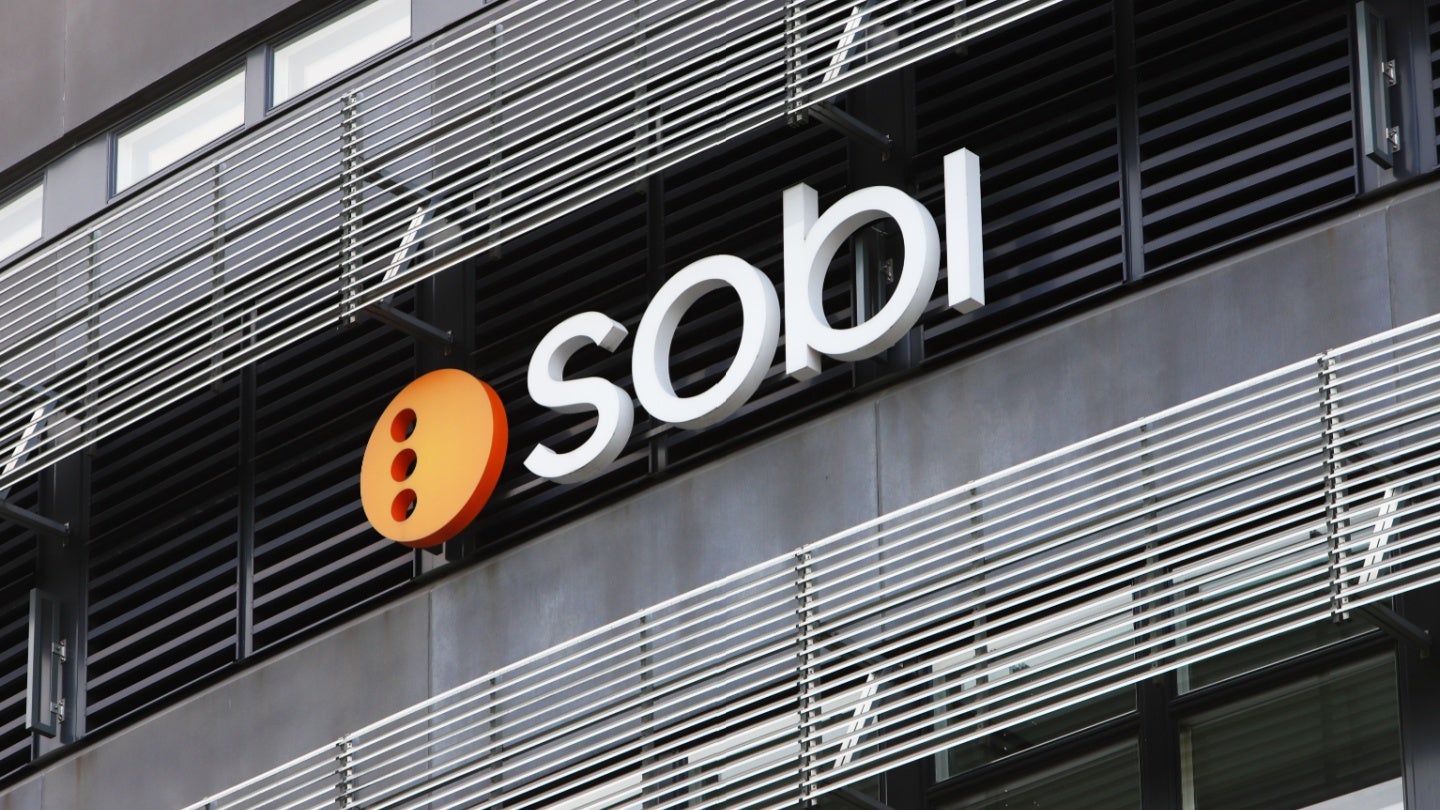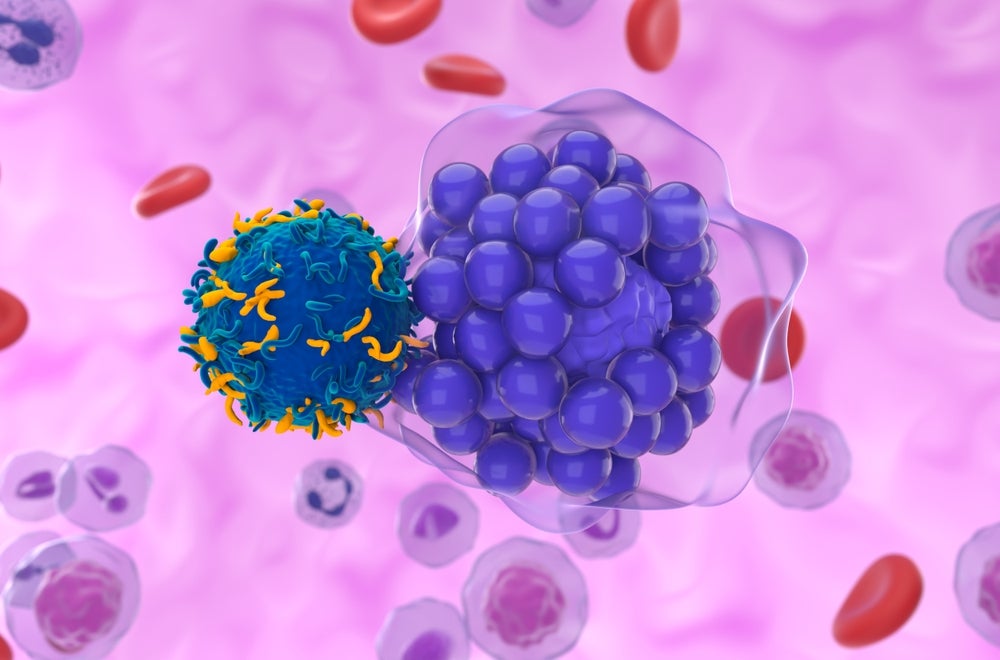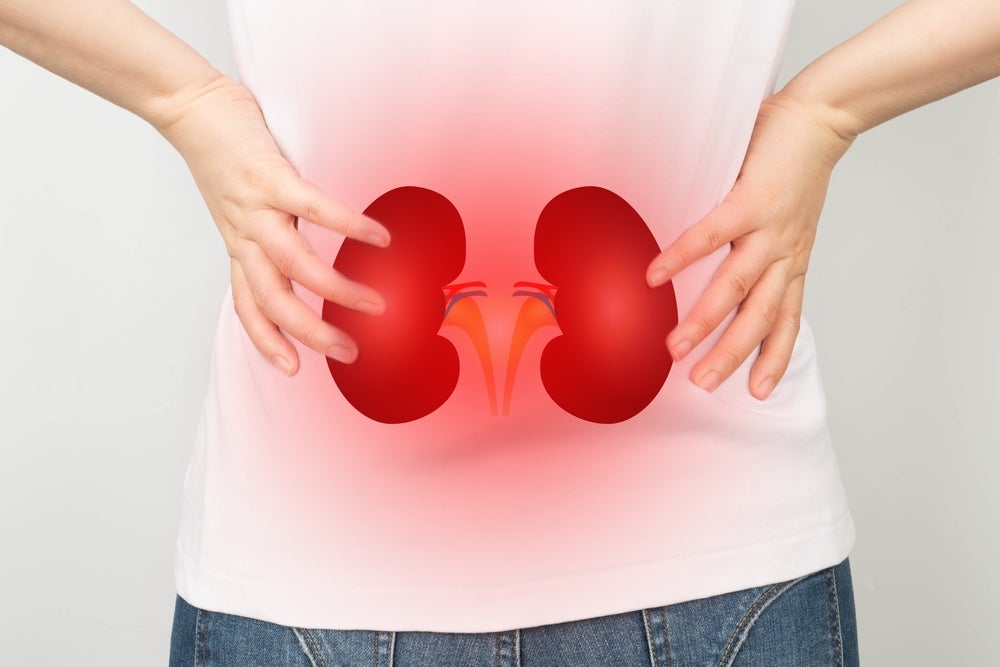J&J’s Autoimmune Drug Prospect Meets Phase 3 Goal, Inches Closer to Approval
Johnson & Johnson’s recent triumph with its $6.5 billion autoimmune medication in a phase 3 trial sets the stage for discussions with regulatory authorities regarding its potential approval for treating generalized myasthenia gravis (gMG). However, lingering uncertainties persist regarding the competitiveness of this late-entrant asset in the market. The acquisition of the antibody, nipocalimab, was […] The post J&J’s Autoimmune Drug Prospect Meets Phase 3 Goal, Inches Closer to Approval appeared first on LifeSci Voice.

Johnson & Johnson’s recent triumph with its $6.5 billion autoimmune medication in a phase 3 trial sets the stage for discussions with regulatory authorities regarding its potential approval for treating generalized myasthenia gravis (gMG). However, lingering uncertainties persist regarding the competitiveness of this late-entrant asset in the market.
The acquisition of the antibody, nipocalimab, was part of J&J’s $6.5 billion acquisition of Momenta Pharmaceuticals. This strategic move not only provided J&J with a contender against already-approved medications from argenx and UCB but also offered opportunities to explore various indications that could work against FcRn blockade. Despite Argenx’s setbacks dampening initial enthusiasm, which likened FcRn to the next TNF, significant revenue prospects remain on the horizon.
On Monday, the company provided insights into its endeavor to carve out a portion of the market share, disclosing that a phase 3 clinical trial of nipocalimab in gMG achieved its primary objective. The trial evaluated the impact of nipocalimab compared to a placebo on MG-ADL, an evaluation of symptoms affecting patients’ daily activities.
However, Johnson & Johnson has not yet released specific trial data, which will be pivotal in evaluating its efficacy. Argenx secured the FDA green light for its FcRn candidate, Vyvgart, for gMG towards the end of 2021, introduced a subcutaneous version in 2023, and reported approximately $1.2 billion in estimated worldwide net sales last year. UCB made its entry into the U.S. market with Rystiggo in June.
J&J has previously expressed optimism regarding its potential to catch up in the race. In discussions with investors late last year, David Lee, M.D., Ph.D., head of immunology for the company’s Janssen unit, indicated that his team was expecting a reduction in immunoglobulin G (IgG) of nearly 80%. Rystiggo achieved a reduction in IgG ranging from 71% to 78%, depending on the dosage. The reported figures for the two formulations of Vyvgart spanned between 62% and 66%.
If J&J can achieve greater reductions in IgG, the category of antibodies that constitutes the driving force of gMG, it may gain a competitive advantage in terms of effectiveness. The company also aims to differentiate its drug based on safety, highlighting its specificity for IgG to support its case, as well as convenience.
According to Lee, individuals will take the drug “at home twice monthly with regular stable dosing in a differentiated subcutaneous device.”
J&J intends to engage with regulators regarding the potential approval of nipocalimab for gMG while simultaneously pursuing additional indications. The company also provided updates on its advancements in treating Sjögren’s disease in conjunction with the announcement of the gMG data. In a phase 2 trial, J&J tied nipocalimab to notable improvements on an aggregate scale that checks organ damage activity.
As per J&J, these findings mark the initial positive outcomes of an investigational anti-FcRn therapy in Sjögren’s disease. The focus on this condition aligns with a potential advantage of nipocalimab. Given that Sjögren’s is more prevalent in women than men, J&J’s efforts to formulate and authenticate a molecule safe for use in pregnant individuals could offer a distinguishing factor.
The post J&J’s Autoimmune Drug Prospect Meets Phase 3 Goal, Inches Closer to Approval appeared first on LifeSci Voice.
What's Your Reaction?

































